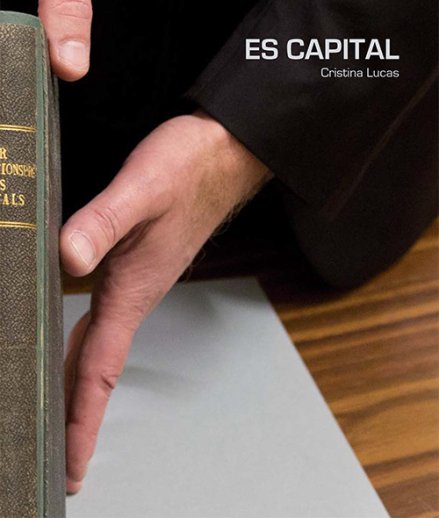The exhibition Es Capital, curated by Manuela Villa, is made up of four newly created works produced in collaboration with Acción Cultural Española AC/E, the Centro Galego de Arte Contemporáneo and the Museo Patio Herreriano in Valladolid and is sponsored by DKV.
The invaluable collaboration of 68 organisations and interviewees was necessary to stage this exhibition. Plusvalía (Surplus Value), the first of the four pieces, documents the research carried out by the artist to find out the current price of the manuscript of Das Kapital written by Karl Marx at the end of the nineteenth century, which is one of the most influential treatises on economic policy of our day. In it Marx popularises the term surplus value, which he defines as the gain obtained by the capitalist from labour, warning that “without this gain there would be no capitalist society”.
The relationship between use value and exchange value in a society governed by the rules of financial capitalism also underpins the work entitled Montaña de oro (Mountain of Gold), two photographs of all the gold stored in the Bank of Spain’s reserves. We should recall that while the gold standard system prevailed, this precious metal established the value of countries’ currencies. The series of interviews entitled Capitalismo filosófico (Philosophical Capitalism) is an attempt to understand the existing relationship between the philosophical concepts companies deal in and their commercial activity. What is Death for a funeral company? What is Beauty for an aesthetic surgery clinic? In El superbien común (The Common Super-Good), the artist analyses one of the main paradoxes of the capitalist system: scarcity of resources and our planet’s inability to generate sufficient wealth, even though all its inhabitants aspire to a lifestyle based on the unlimited consumption of goods and services.
Es Capital can be seen in Abierto x Obras de Matadero Madrid at Matadero Madrid from 1 February to 11 May 2014, at the Museo Patio Herreriano in Valladolid during the summer and at the Centro Galego de Arte Contemporáneo in Santiago de Compostela in the autumn.


